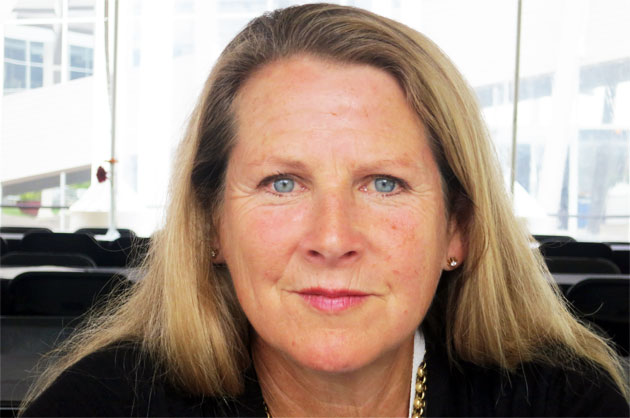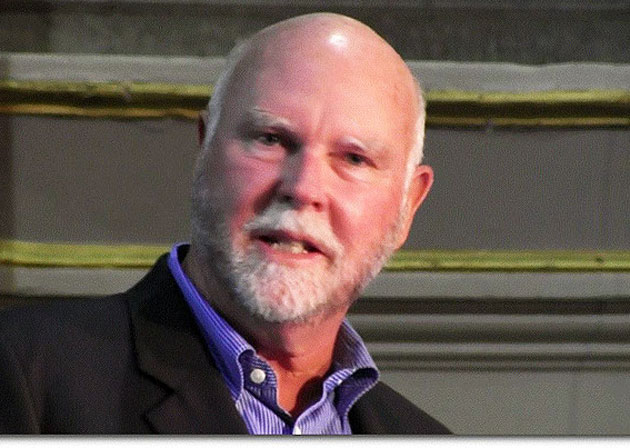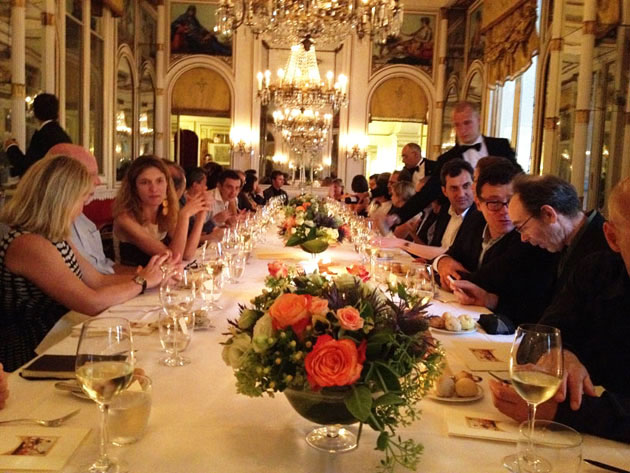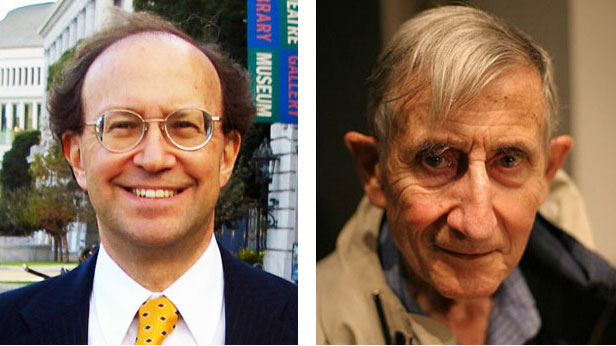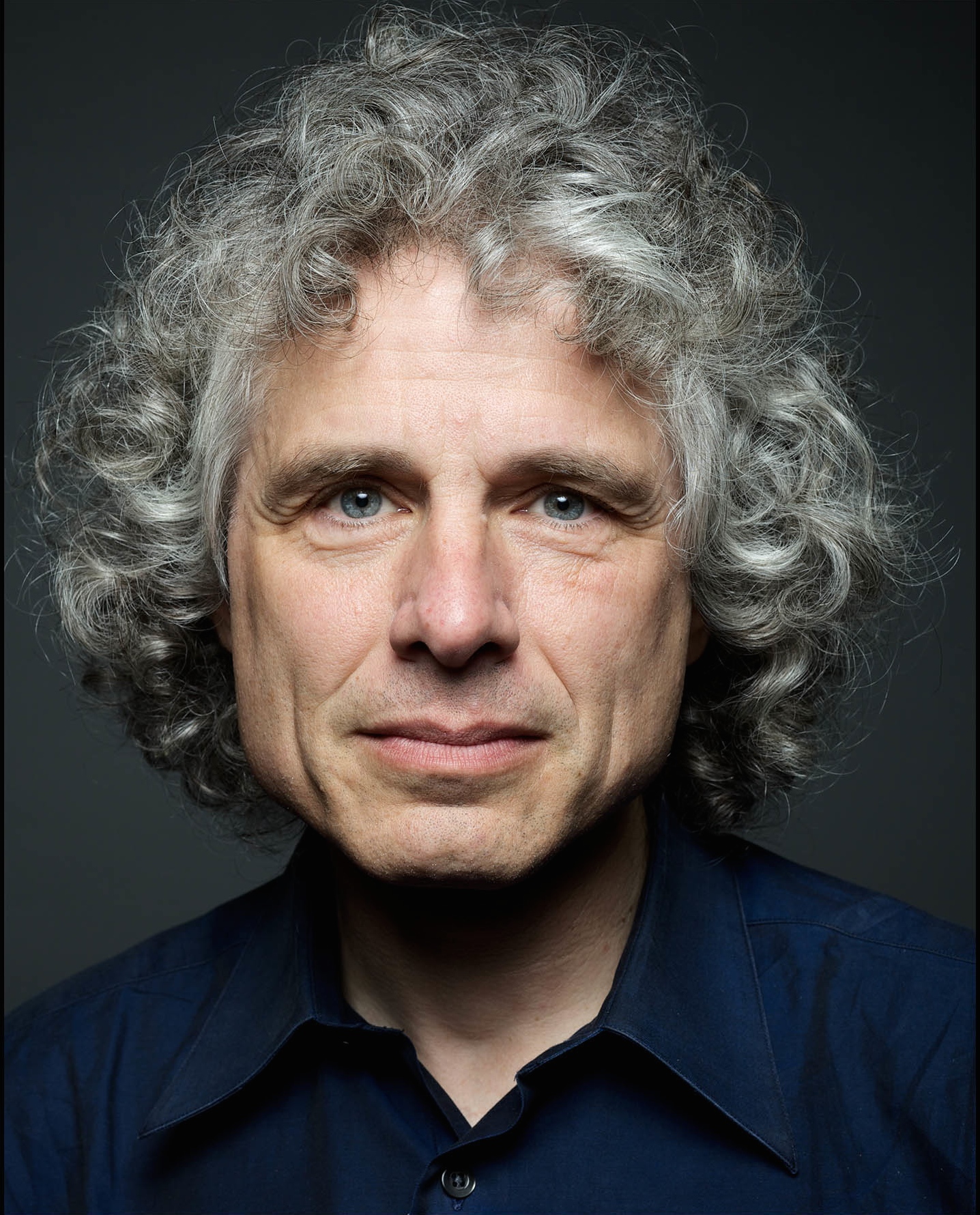[photo credit: Max Gerber]
I am often asked whether I agree with the new group selectionists, and the questioners are always surprised when I say I do not. After all, group selection sounds like a reasonable extension of evolutionary theory and a plausible explanation of the social nature of humans. Also, the group selectionists tend to declare victory, and write as if their theory has already superseded a narrow, reductionist dogma that selection acts only at the level of genes. In this essay, I'll explain why I think that this reasonableness is an illusion. The more carefully you think about group selection, the less sense it makes, and the more poorly it fits the facts of human psychology and history.
THE REALITY CLUB: Stewart Brand, Daniel Everett, David C. Queller, Daniel C. Dennett, Herbert Gintis, Harvey Whitehouse & Ryan McKay, Peter J. Richerson, Jerry Coyne, Michael Hochberg, Robert Boyd & Sarah Mathew, Max Krasnow & Andrew Delton,Nicolas Baumard, Jonathan Haidt, David Sloan Wilson, Michael E. Price, Joseph Henrich, Randolph M. Nesse, Richard Dawkins, Helena Cronin, John Tooby.
STEVEN PINKER REPLIES
Group selection has become a scientific dust bunny, a hairy blob in which anything having to do with "groups" clings to anything having to do with "selection." The problem with scientific dust bunnies is not just that they sow confusion; … the apparent plausibility of one restricted version of "group selection" often bleeds outwards to a motley collection of other, long-discredited versions. The problem is that it also obfuscates evolutionary theory by blurring genes, individuals, and groups as equivalent levels in a hierarchy of selectional units; ... this is not how natural selection, analyzed as a mechanistic process, really works. Most importantly, it has placed blinkers on psychological understanding by seducing many people into simply equating morality and culture with group selection, oblivious to alternatives that are theoretically deeper and empirically more realistic.
STEVEN PINKER is a Harvard College Professor and Johnstone Family Professor of Psychology; Harvard University. Author, The Better Angels Of Our Nature: How Violence Has Declined, The Language Instinct, and How the Mind Works. Steven Pinker's Edge Bio Page
THE FALSE ALLURE OF GROUP SELECTION
Human beings live in groups, are affected by the fortunes of their groups, and sometimes make sacrifices that benefit their groups. Does this mean that the human brain has been shaped by natural selection to promote the welfare of the group in competition with other groups, even when it damages the welfare of the person and his or her kin? If so, does the theory of natural selection have to be revamped to designate "groups" as units of selection, analogous to the role played in the theory by genes?
Several scientists whom I greatly respect have said so in prominent places. And they have gone on to use the theory of group selection to make eye-opening claims about the human condition.[1] They have claimed that human morailty, particularly our willingness to engage in acts of altruism, can be explained as an adaptation to group-against-group competition. As E. O. Wilson explains, "In a group, selfish individuals beat altruistic individuals. But, groups of altruistic individuals beat groups of selfish individuals." They have proposed that group selection can explain the mystery of religion, because a shared belief in supernatural beings can foster group cohesion. They suggest that evolution has equipped humans to solve tragedies of the commons (also known as collective action dilemmas and public goods games), in which actions that benefit the individual may harm the community; familiar examples include overfishing, highway congestion, tax evasion, and carbon emissions. And they have drawn normative moral and political conclusions from these scientific beliefs, such as that we should recognize the wisdom behind conservative values, like religiosity, patriotism, and puritanism, and that we should valorize a communitarian loyalty and sacrifice for the good of the group over an every-man-for-himself individualism.

